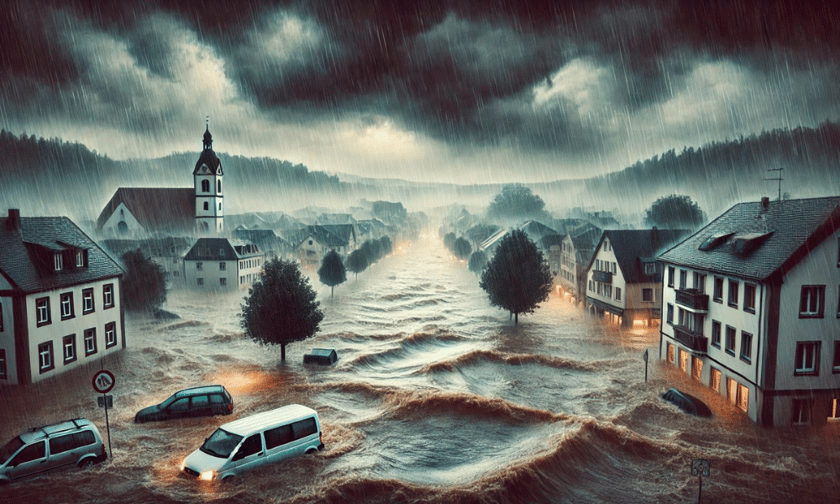

The Extreme Event Solutions unit at global data analytics and technology provider Verisk has estimated that industry insured losses from flooding in Southern Germany between May 15 and June 5 will range from €2.4 billion ($2.6 billion) to €3.6 billion ($3.9 billion).
Between May 31 and June 3, 120 to 160 liters of rain per square meter fell across southern Germany, significantly exceeding the usual monthly rainfall, according to Sebastian Altnau, a meteorologist with the German Weather Office.
The primary flooding occurred along parts of the upper Danube River and several of its southern tributaries, with Bavaria and Baden-Württemberg experiencing the worst impacts. Floodwaters submerged streets, highways, homes, and businesses
A dam on the Paar River broke in two locations in the Bavarian district of Pfaffenhofen an der Ilm, leading to severe flooding and the evacuation of hundreds of residents in Baar-Ebenhausen. Additional breaches occurred in Diedorf, affecting both a dyke and a dam.
In Bavaria, the Schmutter, Cham, Paar, Ilm, Danube, and Isar Rivers all surpassed the level 4 (highest) warning levels at various points. In Baden-Württemberg, homes and businesses were also flooded, and approximately 95,000 hectares of farmland were inundated.
According to the German Insurance Association (GDV), nearly half of all structures in Bavaria are insured for flood, while in Baden-Württemberg, the figure exceeds 90% due to flood protection being a compulsory part of property insurance in that state until 1994.
Verisk's industry insured loss estimate includes physical damage to property (residential, commercial, industrial, auto, agriculture), both structures and contents, from both on- and off-floodplain flooding. Additional living expenses (ALE) for residential claims and business interruption (BI) for commercial claims are also included.
Verisk's loss estimates, however, do not account for losses outside of Germany, losses to uninsured properties, losses to infrastructure, losses from extra-contractual obligations, losses from hazardous waste cleanup, vandalism, or civil commotion, demand surge, or other non-modeled losses.
What are your thoughts on this story? Please feel free to share your comments below.
